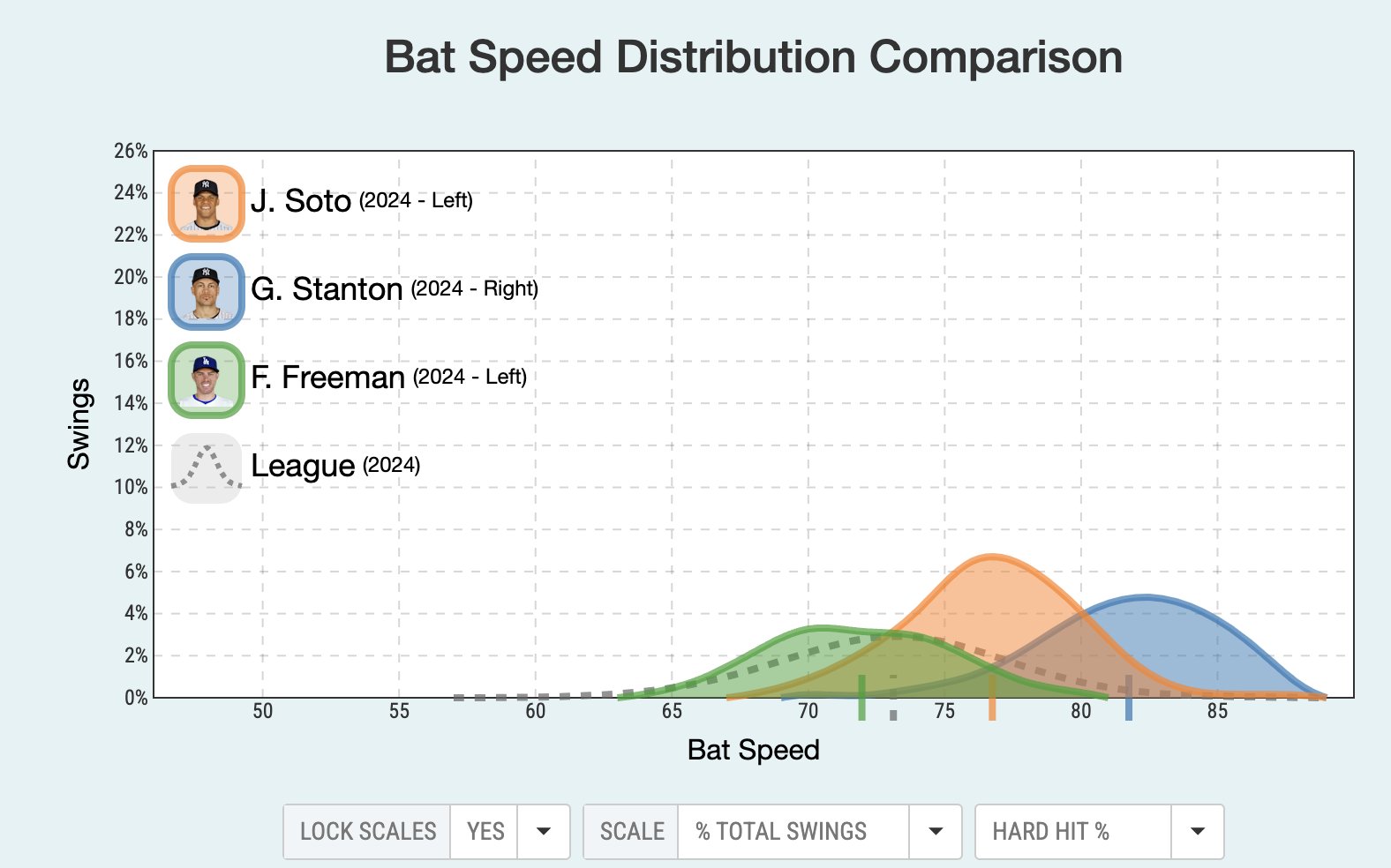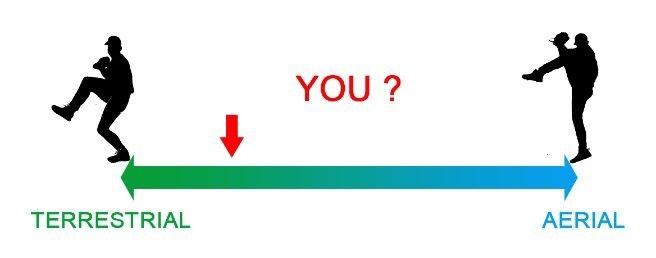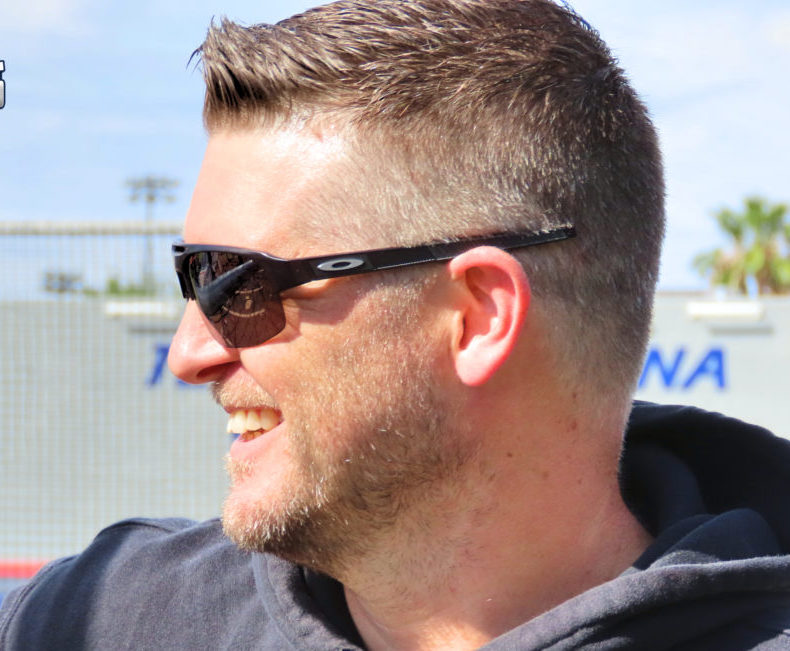
What “Personalization” Means and Why Bucketing Players is Not Good Enough
Personalization Needs To Be Our New Normal
Personalization is a key tenet of our vision at Pelotero and with Player Intelligence. What works for one player does not work for all players. You don’t need to be around thousands of hitters to know this to be true, but it gives me some more credibility when I say there isn’t a single system out there that is the right fit for every player.
The only way for a hitter to fulfill their potential is to have a personalized plan of attack. To create a plan that will dynamically address a player’s weaknesses requires a comprehensive understanding of what makes them the player they are…an understanding that is responsive to changes in the athlete over time and conscious of their in-game performance.
Most coaches/programs operate within a system. It's incredibly difficult to scale instruction without doing so. A lot of coaches preach their core principles very publicly. Common ones are things like “Bat speed, bat-to-ball skills, swing decisions → Master these to become a great hitter.” More aggressive coaches will lay claim to specific patterns, espousing that every hitter needs to do THIS ONE THING or else they have no chance of being successful.
The truth is that none of these frameworks are right for all players. Some are better than others, and can help a finite number of players…but there will always be gaps. Here’s why:
Frameworks like this are anchored to principles that aren’t universally correct.
The frameworks are not responsive to the feedback of an ever evolving individual player.
Nobody has fully objectified “good” as a measurable outcome. In all of these frameworks, “good” is a subjective and blurry goal.
Several years ago, I tried to scale up my own business using a framework like this. I couldn’t escape the feeling that I still wasn’t giving my players enough. Even when I gave a select few of them all of my attention, there were considerations and data points that I couldn’t account for in real time. To execute personalization to the level that players needed, technology would have to be utilized. An entirely new solution was needed. This is what spawned the idea for Pelotero.

Example of how every athlete’s “good” is different.
Bucketing Players is Not Good Enough
The level of personalization we are providing with Pelotero goes beyond anything that the market has seen before. Every framework in the market right now that claims to be “data-driven” is bucketing players into broad categories of deficiencies after a baseline assessment and then programming them accordingly. There are several reasons why this approach is not good enough:
Players are too unique. Every player has a unique combination of traits and skills that will allow them to thrive. Every foundation is going to be different. If you build skills on top of a player who has yet to form their ideal foundation, you’re just giving them new ways to fail.
Putting hitters into “buckets” will have them chasing outcomes that are the average of several other successful athletes, but without consideration for their individuality. In many cases this type of programming seeks to create optimal outcomes for the player, without consideration for the “right” way for that player to create the outcomes. (Ex. Training bat speed and optimal contact points when a hitter has no understanding of mechanics or timing.) This is why MPE is going to change the industry over the next few years. Understanding a player’s innate motor preferences is an obvious first step in identifying a player’s ideal foundation.
Bucketing players means that the programming is non-responsive to feedback from the individual. Whatever system is being used needs to utilize ongoing data capture, find out who the INDIVIDUAL is, and what THEY need in order to get better.

An example of an innate motor preference taken from an article from MPE. Understanding these is going to be critical to finding the right foundations for players.
Necessary Components of True Personalization
As stated before, the level of personalization we are trying to accomplish with Pelotero goes beyond what has existed up until this point. With the explosion of data that will only continue to transform the industry, there are massive opportunities that have never existed before. These are the components we believe are necessary for programming to be considered “personalized”.
Good needs to be defined “for that individual”. There are traits that are universally necessary in good hitters, but systems need to account for the individual first. They should objectify “good” for individual players and every athlete’s profile should be nurtured to drive them in that direction.
Data capture needs to be constant, and programming needs to be responsive. Technology will make this easier over time. But this is the only way to make sure that the improvements a player is making aren’t leaking over time. This is also the only way to determine how aggressive an athlete needs to be in making changes to their core traits. If every athlete is a unique combination of traits, all of these traits together create a form of chemistry. Some athletes will be highly volatile when their chemistry changes and some will be more stable. This should be something that training plans are considering.
Game data needs to be one of the main drivers of developmental initiatives. How a player is performing in the pressure and chaos of game situations needs to heavily influence how they train. We are already building this into the Pelotero platform.
Programming initiatives need to convey goals and priorities to a player in ways that they will understand. Players often don’t understand exactly what they are trying to do. The “let them fail and they will adjust” approach is flawed because many players don’t understand why they’re failing. Considerations for a player’s learning and understanding need to be baked into the delivery of their training plans.
The more analysis we do, the more we understand that every player is different. “Average is the enemy” is something that somebody said to me this past year relating to the composition of the best players in the world. It hasn’t left my head. There isn’t a universal way to build a great baseball or softball player. Pelotero is creating a space where every player is able to discover what can make them good by anchoring their developmental approach around their individual needs. I’m excited to continue sharing these thoughts that have been driving me for a long time. Keep following along because we are just getting started.

